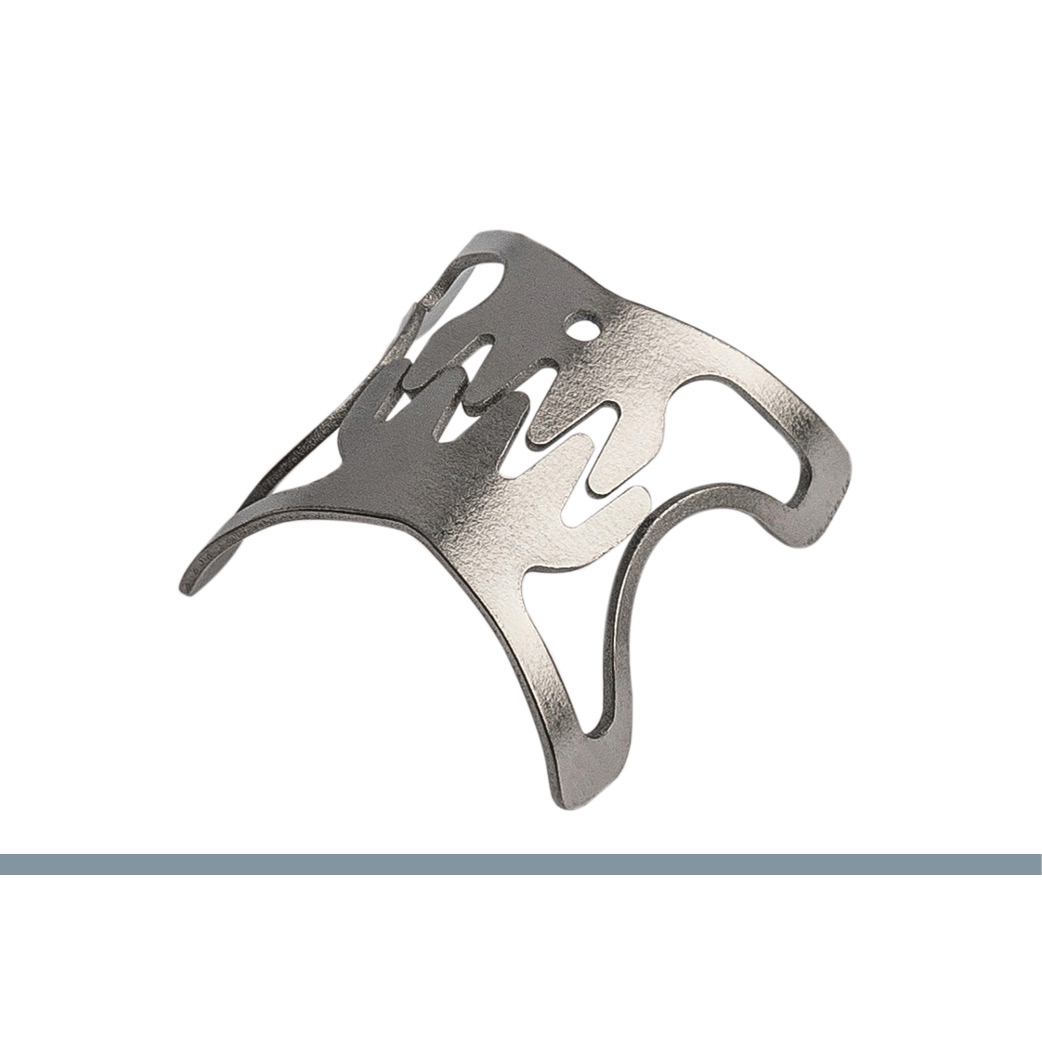OTSC® for UGI indications shows clinical success rate of 91.3 % in first-line
OTSC®: Case series on OTSC application for various upper gastrointestinal indications in an East Asian tertiary care center shows overall clinical success rate of 91.3 %
A retrospective clinical study on 80 consecutive patients undergoing application of a single OTSC as first-line therapy for NVUGIB, perforations, and fistulas revealed an overall technical success rate of 100 % and an overall clinical success rate of 91.3 %.
J. Qiu et al., The First Affiliated Hospital of Nanchang University, Nanchang, China, presented a retrospective clinical study aiming to evaluate the application of the OTSC as first-line therapy for the management of non-variceal upper gastrointestinal bleeding (NVUGIB), perforations, and fistulas in a tertiary care hospital of China.
Between 01/2016 and 11/2020, overall 80 patients underwent application of a single OTSC as first-line therapy. Indications were NVUGIB (41 patients), perforations (34 patients), and fistulas (5 patients). Technical success was defined as successful application of the OTSC at the targeted lesion. Clinical success was defined as achievement of the intent outcome without need for additional therapies during a follow-up time of 30 days. Comparative outcomes of patients undergoing OTSC therapy versus a matched cohort of patients treated with standard endoscopic treatment within the same time period were assessed by using propensity score matching analysis.
Technical success was achieved in all OTSC patients (80/80 patients). The overall clinical success rate of OTSC therapy was 91.3% (73/80 patients). Among patients with NVUGIB undergoing OTSC application, 6 patients presented with recurrence, thus the clinical success rate was 85.4 % (35/41 patients). Performing a propensity score matching analysis, the OTSC therapy was found to have lower re-bleeding rates when compared to standard endoscopic therapy in both Dieulafoy’s lesion (15.0 vs 30.0%) and ulcer bleeding (17.6 vs 29.4%), however, the difference did not reach statistical significance (n=20 in Dieulafoy; p=0.451) and (n=17 in ulcers; p=0.688). Among patients with perforation treated with OTSC, the clinical success rate was 100 % (34/34 patients). Among patients with fistulas undergoing OTSC therapy, the clinical success rate was 80 % (4/5 patients).
The authors concluded that the OTSC is effective and safe for NVUGIB, perforations, and fistulas as first-line endoscopic treatment.
Over-the-Scope Clip Applications as First-Line Therapy in the Treatment of Upper Non-variceal Gastrointestinal Bleeding, Perforations, and Fistulas
Qiu J, Xu J, Zhang Y, Liao F, Zhu Z, Shu X, Chen Y, Pan X.
Front. Med. 9:753956.
DOI: 10.3389/fmed.2022.753956
 |


 Deutsch
Deutsch  Français
Français 